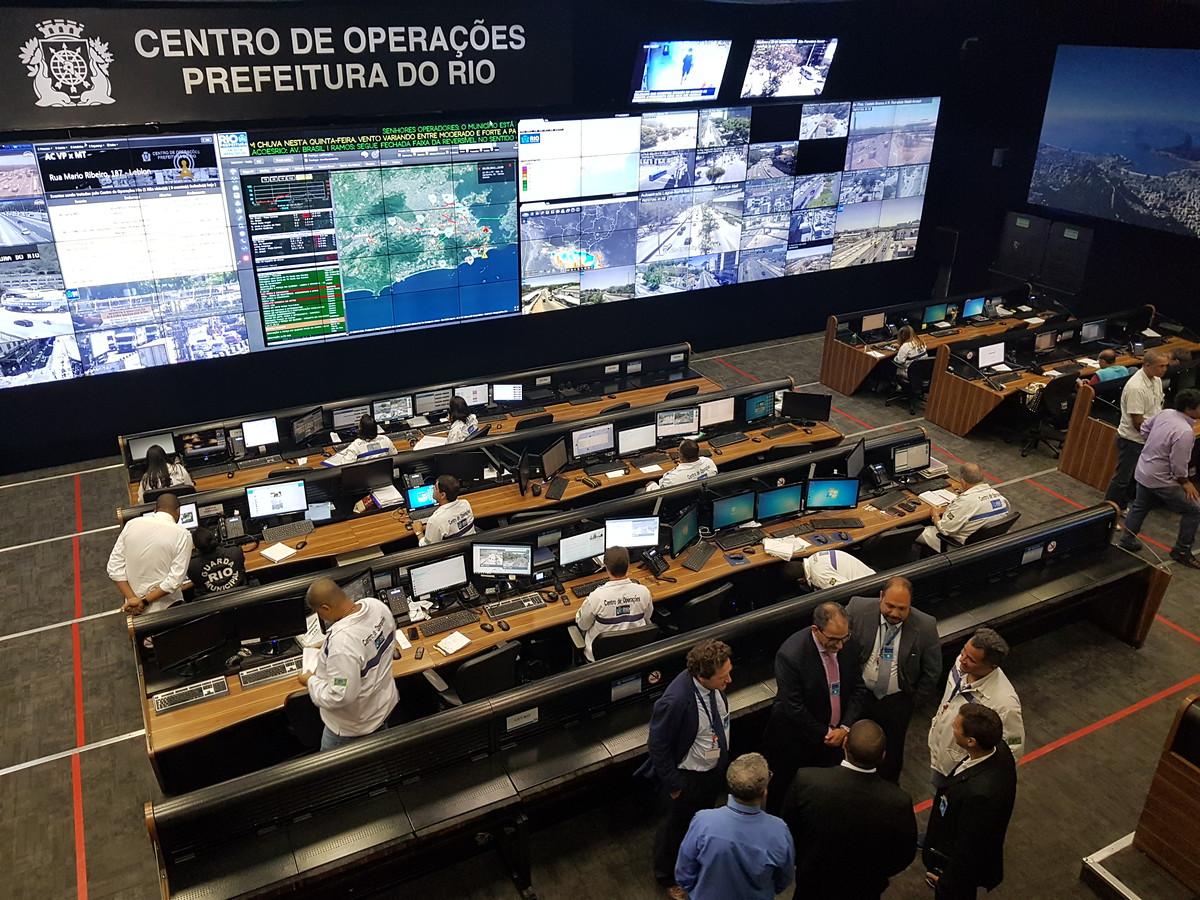Event reports
The meeting hosted jointly by the Regional Program Energy Security and Climate Change in Latin America of the Konrad Adenauer Foundation (EKLA-KAS) and the Institute for Sustainability (IIS) was opened by the Head of EKLA-KAS Christian Hübner.
Sergio Margulis of IIS stated that the implementation of The Paris Agreement Goals will not succeed unless big cities play an active role. Almost 50% of global population lives in cities and account for almost 85% of current greenhouse gas emissions. Estimates show that at the present urbanization rate, urban population will account for 70% of total global population by 2050. An essential first step in improved city coordination both in the planning and implementation of climate goals is a coordinated effort between urban climate goals and nationally determined contributions for climate protection. The IIS coordinated comparative study ‘‘NDCs: What Is There for American Big Cities?’’ is a major step in that direction.
Margulis presented the implementation of climate plans with three examples from Brazilian cities: Rio de Janeiro, São Paulo and Belo Horizonte. During the presentation of the comparative study, the audience was surprised at the fact that Rio de Janeiro’s GHG emissions were higher than those of São Paulo, in spite of the fact that Rio’s number of inhabitants and GDP is half the figures in São Paulo. This unusual situation is accounted for by the fact that there are more high GHG emissions industries in Rio de Janeiro. According to Margulis, this example shows how important it is to spot outliers in comparative studies and include appropriate explanations.
In his second presentation, Margulis presented Paris climate goals implementation results of the comparative study. All countries studied (Brazil, Mexico, Argentina and Peru) and big cities (Rio de Janeiro, Mexico City, Buenos Aires and Lima) created their climate goals and action plans, although according to Margulis, more often than not, cities play a major role. Nevertheless, he mentioned it was difficult to compare city and national climate goals since processes in place and assessment methods at national level are different from those at city level. It is important to bear in mind that a city/country comparison will only make sense if areas are divided by sectors as in energy, industry and transport. Within these sectors, it is necessary to improve cooperation, standardize concepts and create a shared vision for the future. Shared indicators and methods would not only make comparisons among city and county climate goals easier, but would also assess the enforcement of climate goals, Margulis explained. According to him, this fact alone is a major step since most climate goals are set at policy levels, with no goal enforcement mechanisms or legal options in case of noncompliance. Margulis closed his remarks on a positive note and stated that civil society organizations are willing to support national governments and city administrations in the implementation of climate goals.
More in depth county and city presentations included in the comparative study followed. Everton Lucero, with the Environment Ministry from Brazil presented the first national level experience of NDCs. He mentioned the Ministry of Cities is responsible for the coordination among national, state and city administrations but climate change in beyond the Ministry’s jurisdiction and hinders cooperation among different administration levels. Nevertheless, there are successful coordinated initiatives in the struggle against climate change, Lucero mentioned, as is the case of network CB27, that fosters information exchange on climate administration among Brazilian capitals. Conrado Laigle from the Popular Studies Civil Association followed and introduced the situation of Argentina as far as the implementation of NDCs are concerned. He explained that after an initial reluctant position during the Climate Summit, Argentina became an important partner after the new government took office at the end of 2015 and agreed to cut GHG emissions by 30% till 2030 compared to the business as usual reference scenario. Isabel Calle, with the Peruvian Environmental Law Society presented the state of NDC’s implementation in Peru. According to Ms. Calle, Peru faces great challenges, especially for trying to introduce environmental improvements in the transport area. During preparatory COP 20 sessions held in Lima in 2014, many initiatives against emissions were debated but most came to nothing after the conference. She stated closer cooperation among city administrations – especially Lima – and national government is necessary and that intersectorial working groups can support the effort and work at different admin levels. The last speaker was José Alfredo Vargas Gómez, with the Environment and Natural Resources Secretariat from México. México committed to a 22% cut on GHG by 2030 in Paris, compared to the business as usual reference scenario. Even though the national legal framework for all climate issues is the Climate Change Act since 2012, regional governments play an essential role in climate protection in México, Gómez pointed out.
Flávia Carloni from the Rio de Janeiro Planning and Management Under Secretariat reported that due to its singular geographic location between the sea and the mountains, Rio will be especially vulnerable to the consequences of climate change such as rising sea levels and landslides and consequently investment in protection and adaptation works were carried out. Nahuel Pugliese from the Environmental Protection Agency, APrA, said that it is important to bear in mind that when we talk about Buenos Aires we need to consider the three million people that commute to the city every day. This is the reason why the city launched its first initiative against climate change as early as 2003 and thanks to these initiatives there will be a 10% cut on GHG emissions by 2030 in relation to the business as usual reference scenario. Pugliese added that in Argentina there are some initiatives to coordinate action between Buenos Aires and the national government but that there is still a long way to go. Lima also has several action plans against climate change, said Anna Zucchetti, former manager at the Lima Parks Service.Still, she said, the challenge is to implement these initiatives since the lack of infrastructure and trained labor are a major drawback. Historically, boroughs in Lima held most of the responsibility. This situation is about to change and according to Zucchetti, it will improve coordination, especially in areas that cover several neighborhoods as is the case with transport and urban garbage collection. Oscar Vázquez, with the Mexico City Environmental Secretariat made the last presentation. He confirmed climate action plans are already part of the agenda in Mexico City where the first action plan was launched in 2000. Vasques presented some innovative programs such as Hoy No Circula program (no driving today), that since 1989 restricts the circulation of 20% of the cars (according to the license plate) one day a week, with 2,599,843 t savings in CO2 emissions.
Contributions by different countries and different cities showed that challenges faced by all governments differ a lot. But all four countries share the need to improve cooperation among different city administrations as well as among city and national government levels to fulfill Paris Climate Change goals and in doing so, make their contribution to the global fight against climate change.




